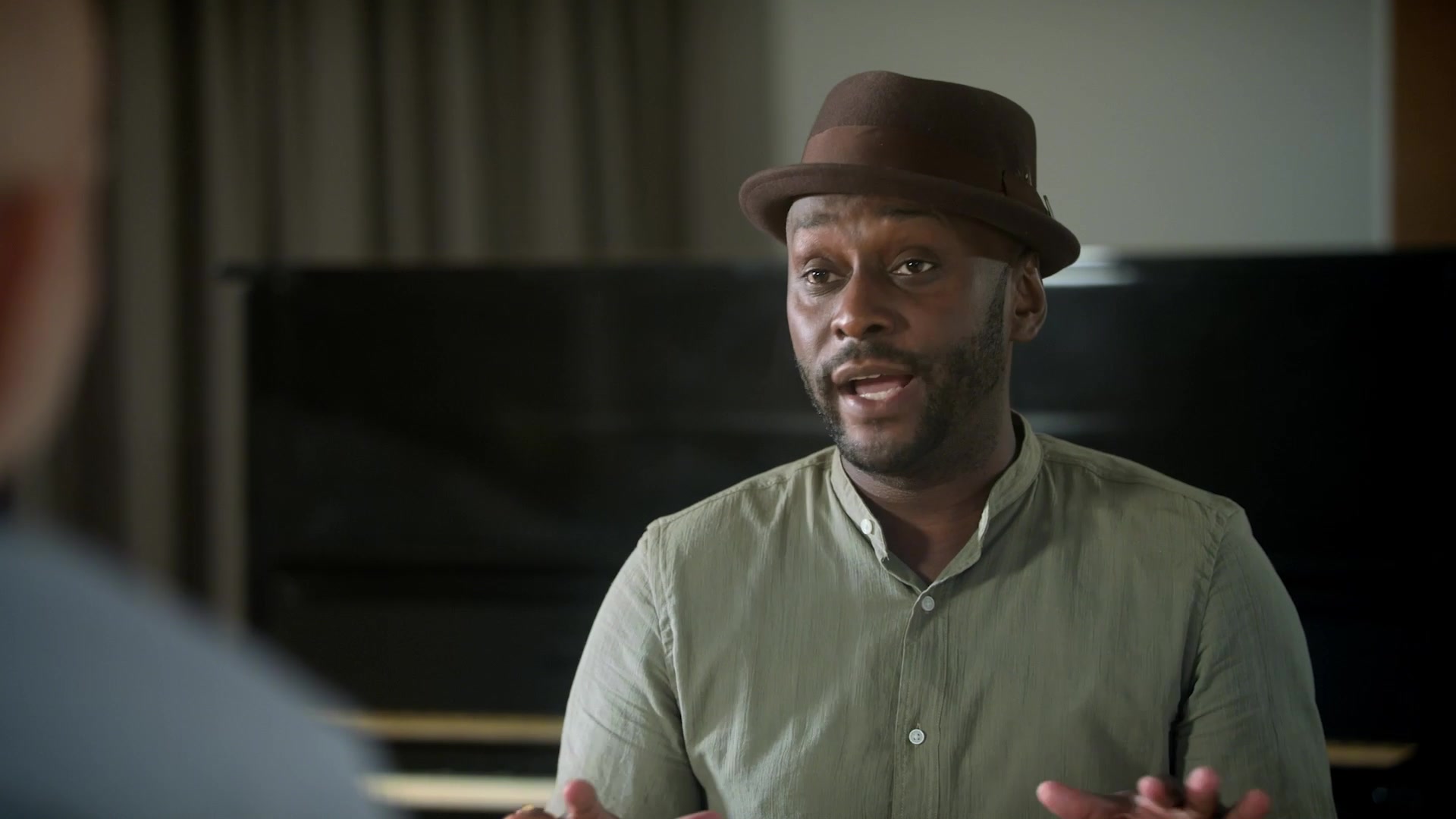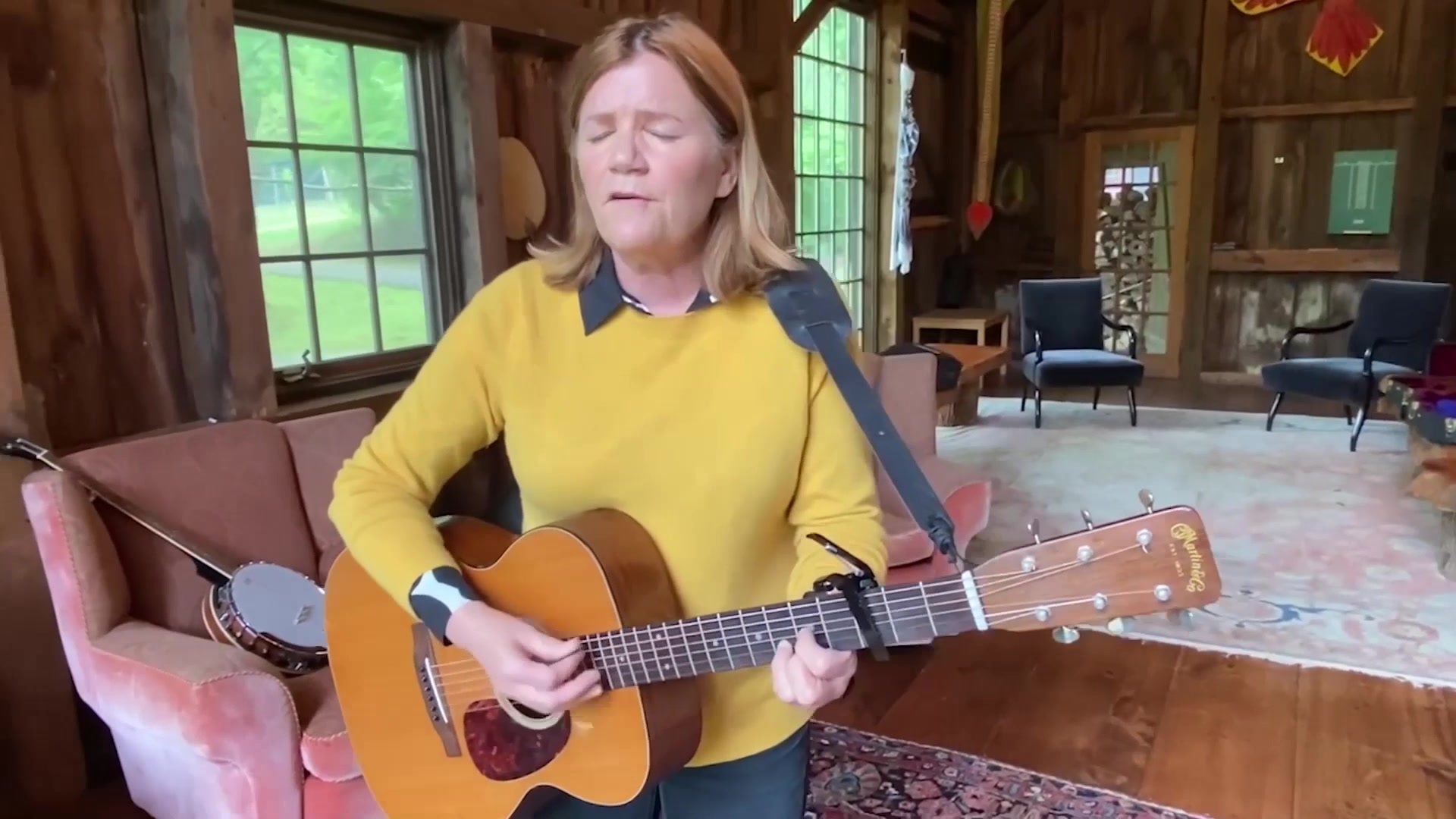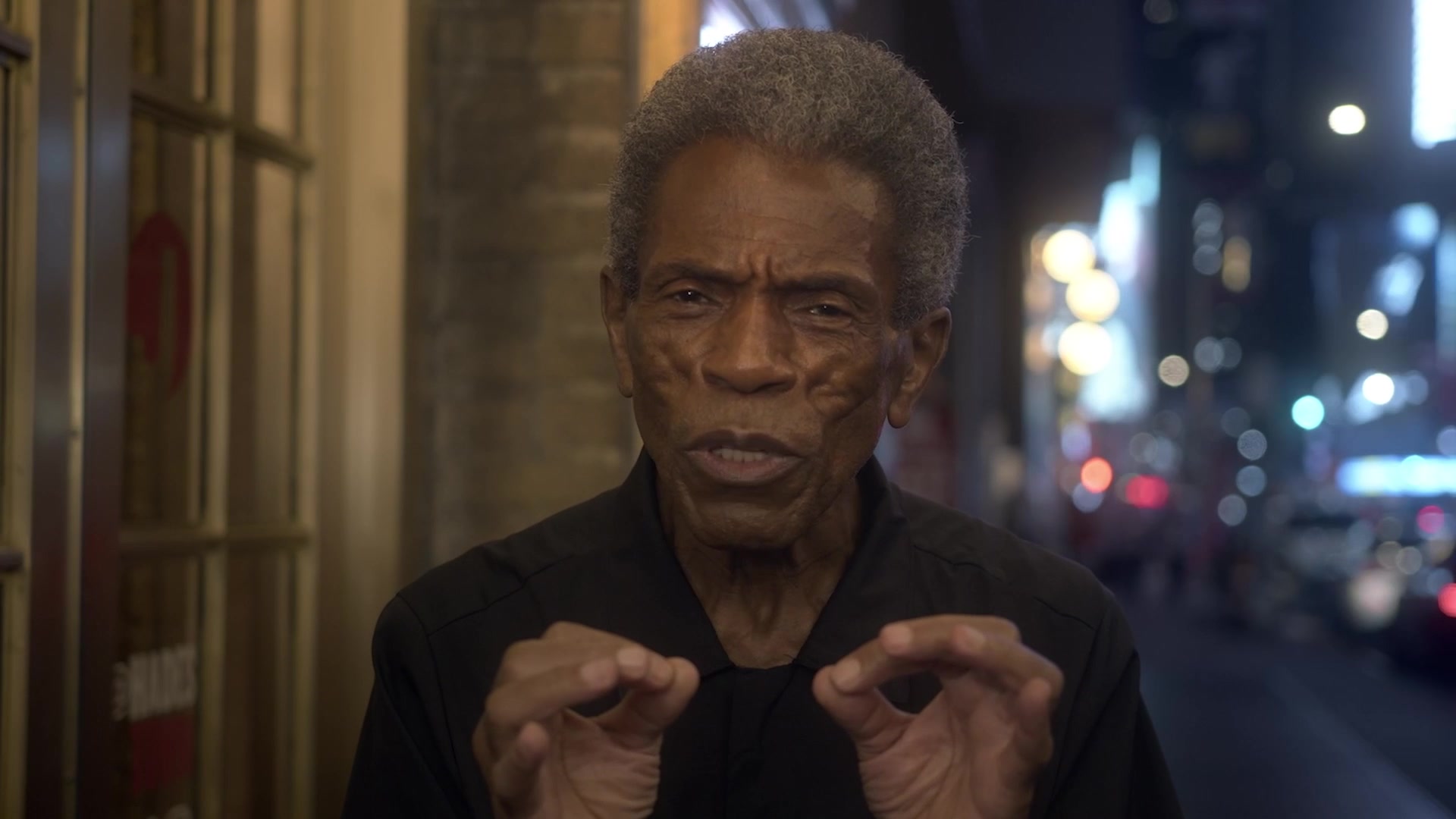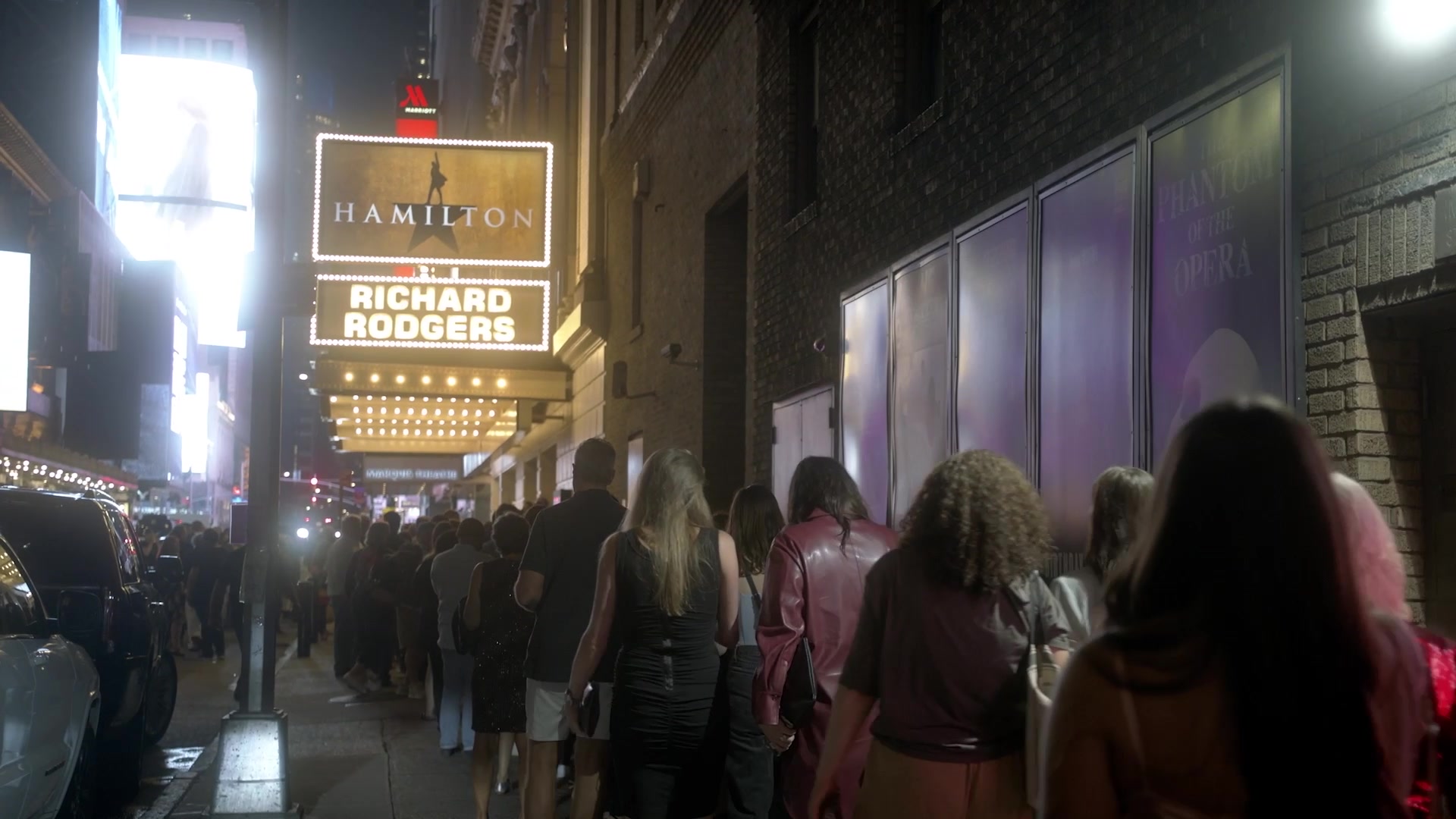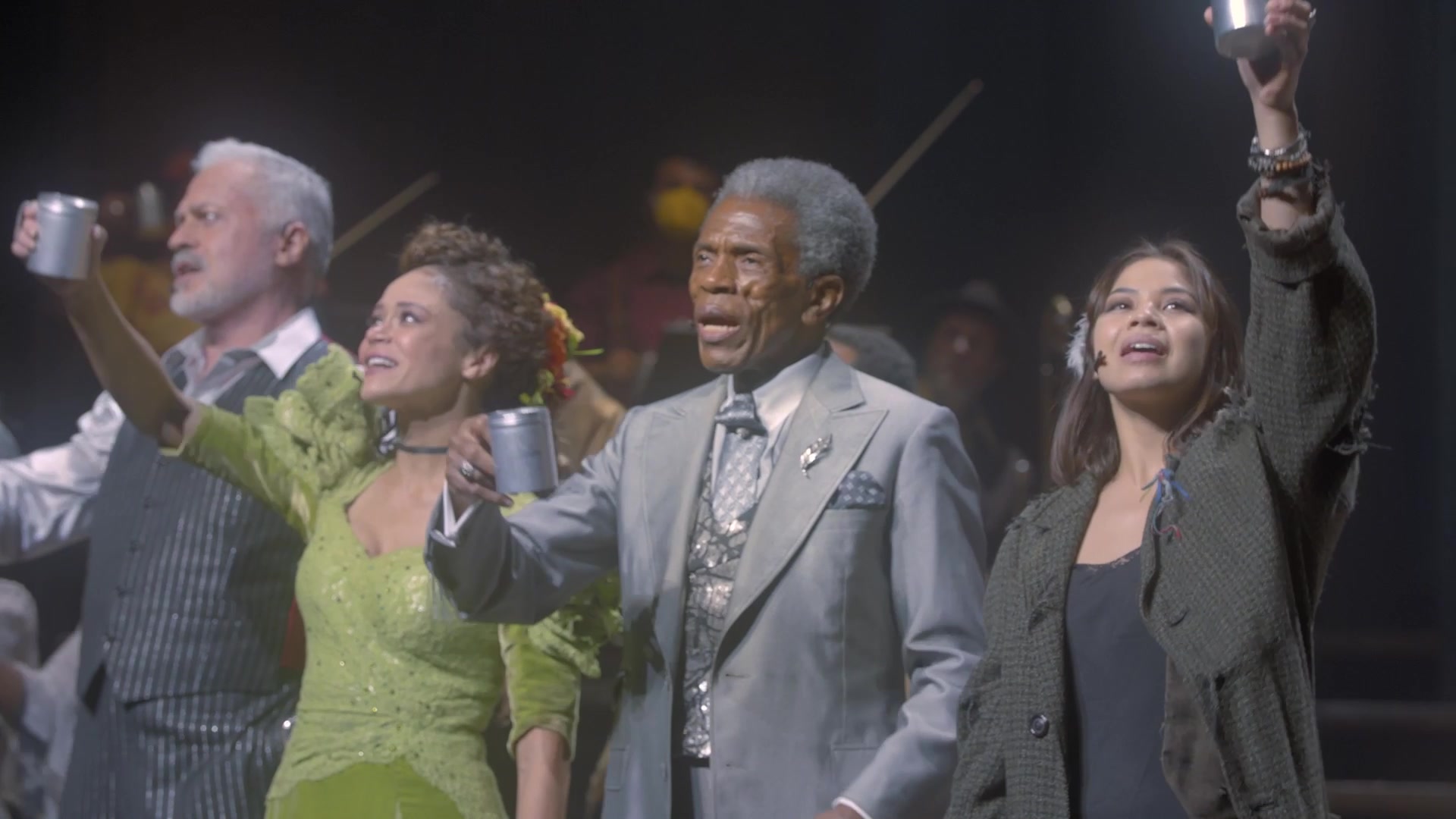The New York Times – Offstage
DIRECTION
MOTION DESIGN
PRODUCTION
POST PRODUCTION
The project spanned the entire arc of the pandemic, and Special Operations had to adapt throughout.
When the world went into lockdown, Broadway theaters closed and artists’ livelihoods came to a halt. Offstage, the New York Times’ streaming series on theatre-making during the pandemic, explored the grief surrounding the loss of live arts, provided a collective space to reflect on how pressing social issues, such as racism and lack of diversity, manifest in the theater industry, and brought us closer to the people and treasured stories that feed our souls, helping us cope with unnerving times.
The project spanned the entire arc of the pandemic, and Special Operations had to adapt throughout. With every episode of Offstage having a different set of creative, logistical, and COVID-compliance requirements, a bespoke workflow had to be created for each. In the beginning, we shipped a package of lights, mics, and smartphones equipped with remote-monitoring capabilities to journalists and Broadway artists to capture interviews and performances that were a cut above mere Zoom calls.

Then, as restrictions eased, and we had a better understanding of the virus, we pivoted to using skeleton crews to capture interviews and pared-down performances that gave a sneak peek at upcoming shows, until finally we covered the first Broadway re-openings and Douglas Lyon’s experience of the opening of his first Broadway play, Chicken and Biscuits.
Among the list of renowned individuals who made appearances were: Lin-Manuel Miranda, creator of Hamilton, Julie Taymor, director of The Lion King, and Stephen Schwartz, composer and lyricist of Wicked, along with actors including André De Shields, who played Hermes in the Tony Award-winning musical, Hadestown.


While artists and audiences could no longer share energy in the same physical space, together with Offstage, we utilized Zoom as a new channel of intimacy. Technology helped us bring the wonder of Broadway culture and its positivity to a lost audience. We also got a closer, more humanized look into the lives of many actors, different from the stage versions of themselves that they had tirelessly presented to the world for so long.
OTHER WORKS
